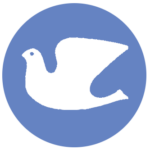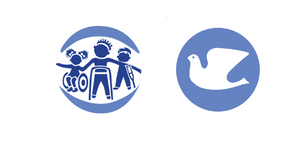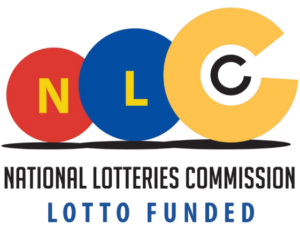
WHAT IS CEREBRAL PALSY?
Cerebral palsy refers to a group of neurological disorders that appear in infancy or early childhood and permanently affect body movement and muscle coordination.
Cerebral palsy (CP) is caused by damage to or abnormalities inside the developing brain that disrupt the brain’s ability to control movement and maintain posture and balance. The term cerebral refers to the brain; palsy refers to the loss or impairment of motor function.
Cerebral palsy affects the motor area of the brain’s outer layer (called the cerebral cortex), the part of the brain that directs muscle movement.
In some cases, the cerebral motor cortex hasn’t developed normally during foetal growth. In others, the damage is a result of injury to the brain either before, during, or after birth. In either case, the damage is not repairable and the disabilities that result are permanent.
Children with cerebral palsy exhibit a wide variety of symptoms, including:
- lack of muscle coordination when performing voluntary movements (ataxia);
- stiff or tight muscles and exaggerated reflexes (spasticity);
- weakness in one or more arm or leg;
- walking on the toes, a crouched gait, or a “scissored” gait;
- variations in muscle tone, either too stiff or too floppy;
- excessive drooling or difficulties swallowing or speaking;
- shaking (tremor) or random involuntary movements;
- delays in reaching motor skill milestones; and
- difficulty with precise movements such as writing or buttoning a shirt.
The symptoms of CP differ in type and severity from one person to the next, and may even change in an individual over time. Symptoms may vary greatly among individuals, depending on which parts of the brain have been injured.All people with cerebral palsy have problems with movement and posture, and some also have some level of intellectual disability, seizures, and abnormal physical sensations or perceptions, as well as other medical disorders. People with CP also may have impaired vision or hearing, and language, and speech problems.CP is the leading cause of childhood disabilities, but it doesn’t always cause profound disabilities. While one child with severe CP might be unable to walk and need extensive, lifelong care, another child with mild CP might be only slightly awkward and require no special assistance.The disorder isn’t progressive, meaning it doesn’t get worse over time. However, as the child gets older, certain symptoms may become more or less evident.
WHAT ARE THE DIFFERENT FORMS OF CEREBRAL PASLY?
The specific forms of cerebral palsy are determined by the extent, type, and location of a child’s abnormalities.
Doctors classify cerebral palsy according to the type of movement disorder involved — spastic (stiff muscles), athetoid (writhing movements), or ataxic (poor balance and coordination)as well as additional symptoms, such weakness (paresis) or paralysis (plegia).
Reference is also made to the parts of the body that are affected. Hemiplegia or hemiparesis indicates that only one side of the body is weakened whereas quadriplegia or quadriparesis means that all four limbs are affected.
Spastic cerebral palsy is the most common type of the disorder.
MANAGEMENT OF CEREBRAL PASLY
Cerebral palsy cannot be cured, but treatment will often improve a child’s capabilities. Many children go on to enjoy near-normal adult lives if their disabilities are properly managed.
In general, the earlier treatment begins, the better chance children have of overcoming developmental disabilities or learning new ways to accomplish the tasks that challenge them.
There is no standard therapy that works for every individual with cerebral palsy. Once the diagnosis is made, and the type of CP is determined, a team of health care professionals will work with a child and his or her parents to identify specific impairments and needs, and then develop an appropriate plan to tackle the core disabilities that affect the child’s quality of life.
Physiotherapy, in the first few years of life or soon after the diagnosis is made, is a cornerstone of CP treatment. Specific sets of exercises (such as resistive, or strength training programs) and activities can maintain or improve muscle strength, balance, and motor skills, and prevent contractures. Special braces (called orthotic devices) may be used to improve mobility and stretch spastic muscles.
Occupational therapy focuses on optimizing upper body function, improving posture, and making the most of a child’s mobility. Occupational therapists help individuals address new ways to meet everyday activities such as dressing, going to school, and participating in day-to-day activities.
Recreation therapy encourages participation in art and cultural programs, sports, and other events that help an individual expand physical and cognitive skills and abilities. Parents of children who participate in recreational therapies usually notice an improvement in their child’s speech, self-esteem, and emotional well-being.
Speech and language therapy can improve a child’s ability to speak, more clearly, help with swallowing disorders, and learn new ways to communicate—using sign language and/or special communication devices such as a computer with a voice synthesizer, or a special board covered with symbols of everyday objects and activities to which a child can point to indicate his or her wishes.
Treatments for problems with eating and drooling are often necessary when children with CP have difficulty eating and drinking because they have little control over the muscles that move their mouth, jaw, and tongue.


